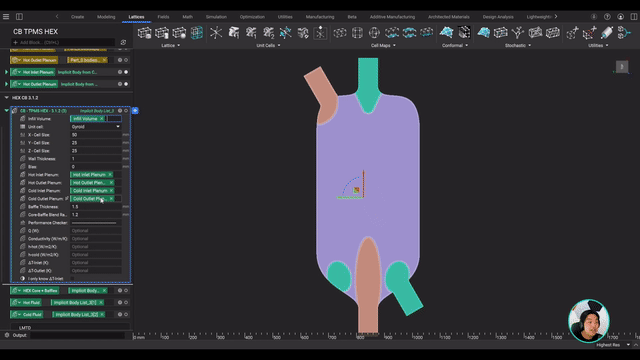Introducing nTopology 3.0: Advanced engineering design faster than ever before
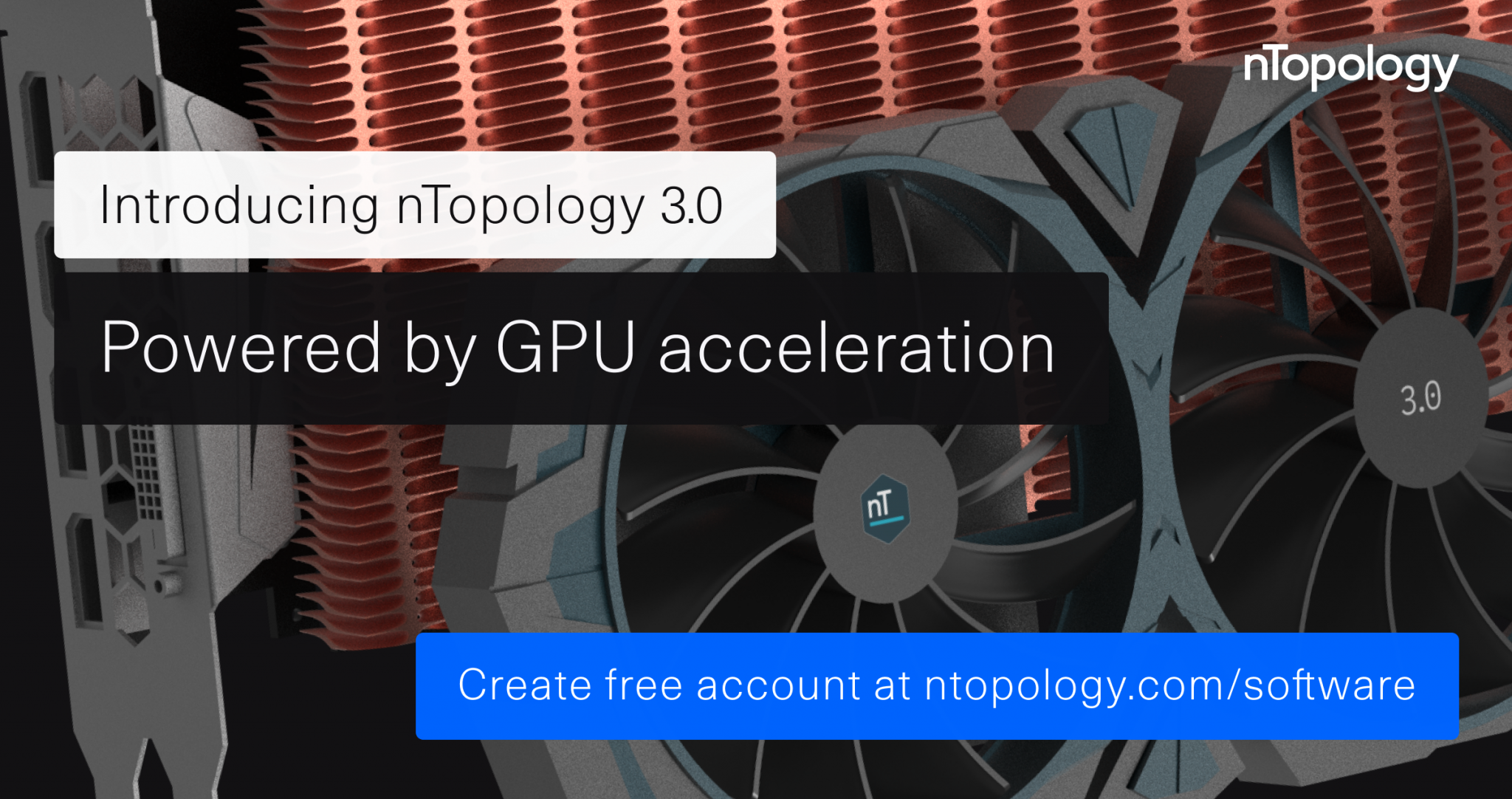
Written by nTop
Published on April 20, 2021
We are excited to share with you nTopology 3.0. This major software release introduces real-time visualization with GPU acceleration; a technology breakthrough that will fundamentally change how nTop users interact with the software.
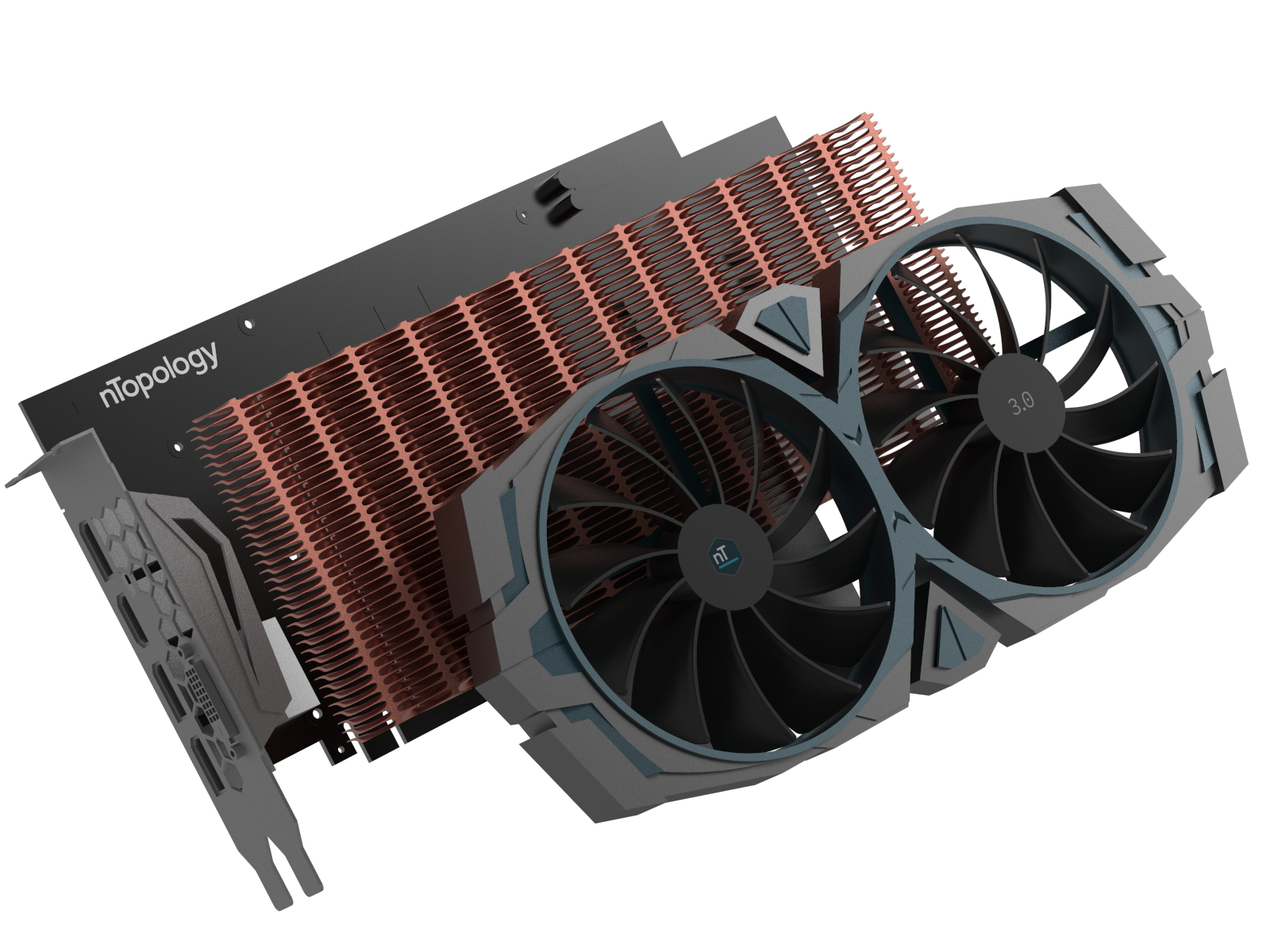
In this third major update of nTop, we are introducing GPU acceleration for seamless interactivity. By enabling this new opt-in feature, nTop users will enjoy an instant 10x to 100x performance boost when vizualizing workflows that use complex field-driven geometry. In other words, you will now be able to preview design changes in real-time and regenerate parts with even the most complex geometry in seconds.
nTopology 3.0 also consolidates the incremental technology improvements introduced to the software over the past few months. These include functional latticing workflows, industry-leading topology optimization tools, expanded engineering simulation utilities, and advanced design automation capabilities.
Existing users can access all new functionality by updating to the latest version of the software. If you want to experience the power of nTop on your screen, get a demo today.
Let’s take a deep dive into the main features of nTopology 3.0 and how these changes will impact your work. For a technical overview, check out the release notes.
Breakthrough performance with GPU acceleration
At the core of nTop lies our pioneering implicit modeling engine. In implicit modeling, every solid body is described by a single mathematical equation. This representation enables you to generate even the most complex part geometry reliably and error-free.
Any CPU can evaluate this implicit equation in milliseconds. Yet, visualizing a part with a complex lattice structure on your screen could take up to tens of seconds in previous versions of nTop. That is (probably) faster than any other engineering design software in the market today, but it was still not quick enough. The short waiting time hindered the productivity of our engineering users and was a nuisance to creative design efforts.
With GPU acceleration, interacting with complex designs in nTop becomes seamless, enhancing the connection between the designer and the software.
Through our patent-pending technology, nTop can now utilize both the CPU and GPU of your system, unlocking a 10x to 100x performance increase. As a result, latticing, texturing, filleting, shelling, and other field-driven operations can now be previewed in real-time. Even the most complex designs are rebuilt in a few seconds. Seeing is believing, so here’s a video that showcases this new capability in action:

Video showing new lattice generated in less than 5 seconds.
What does this practically mean for nTop users? With GPU acceleration enabled, you save 10 to 60 seconds every time you change a design parameter. Let’s say that you make 100 such changes a day — a reasonable assumption for a typical workflow. This translates to an average of 60 minutes of your time per day. Over a month, this accumulates to days of engineering design time saved.
What’s more, real-time feedback delivers more insight into how each design parameter affects the final design. If you are a new user, this means that the time it takes to become proficient with new advanced design concepts can now shrink by an order of magnitude.
The features released on the launch of nTopology 3.0 are only the beginning. Expect to see additional interactivity and performance improvements in the months to come. While we gather user feedback on interactivity and data on graphics card compatibility, the acceleration is opt-in and can be enabled in the settings panel.
Advanced engineering tools for generative design
At nTop, we view generative design as a holistic methodology that augments engineers’ and designers’ capabilities with digital tools. What’s the true value of generative design? Higher performing products and faster innovation. Here’s a breakdown of the tools we released over the past few months to enhance your generative design processes.
Performance-driven lattice generation
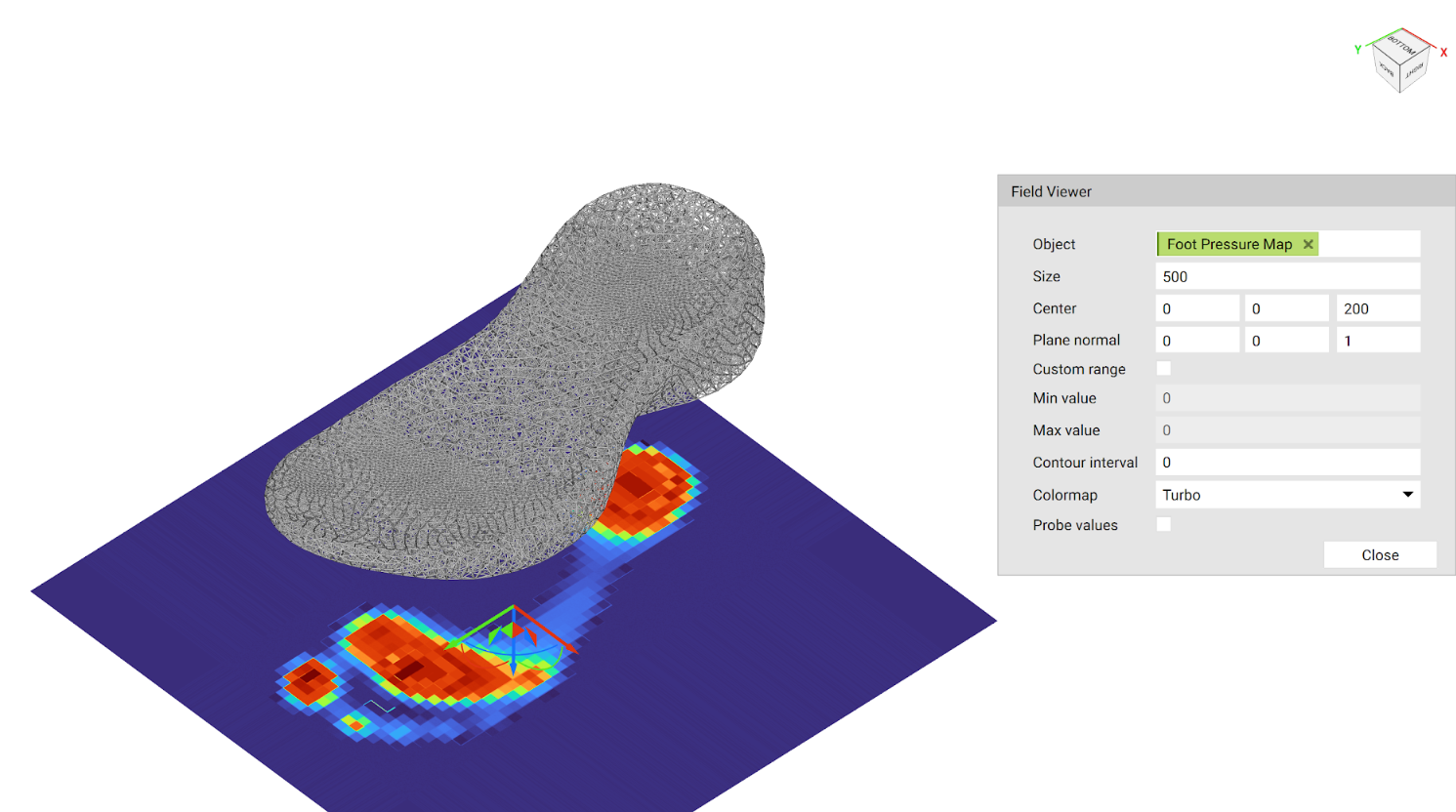
A pressure map drives the relative density of the lattice to generate a shoe sole with variable stiffness.
Lattices give you the unique ability to change a structure’s behavior by controlling its geometry at the mesoscale level. Using performance requirements as an input, you can “architect” the material response you need for each specific application. This capability comes in especially handy when you need to vary the material properties in different sections while using a single manufacturing material. It also pairs well with Additive Manufacturing processes.
nTop’s 3rd generation latticing pipeline equips you with the right tools to navigate the mesoscale world and put theory into practice.
In addition to a complete set of ordered, stochastic, and TPMS unit cells, in nTopology 3.0, you will find utilities that enable you to control lattice properties at every point in space using simulation results, test data, engineering formulas, and a field-driven design approach.
We are also introducing new utilities that enable you to create custom unit cells and build the basic process blocks that feed your generative design workflows and empower you to develop even higher-performing products.
Topology optimization with automated post-processing
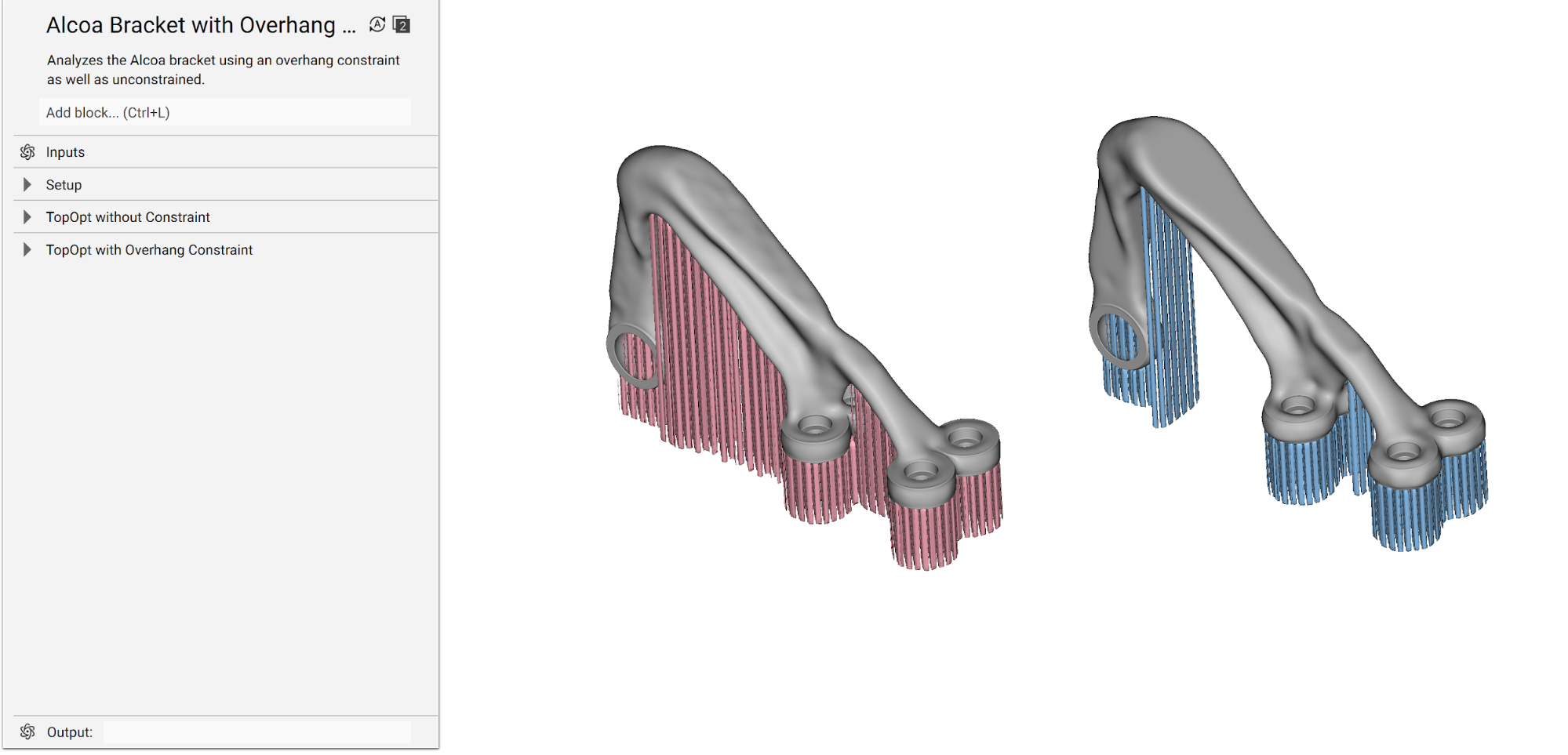
The overhang constraint enables you to reduce the need for support structures significantly — and hence manufacturing costs.
Topology optimization is a core tool of many generative design workflows, especially for lightweighting and structural optimization. nTopology 3.0 gives you access to state-of-the-art algorithms and unique constraints for Additive Manufacturing.
What makes nTop different from other topology optimization solutions? The automated geometry reconstruction and smoothening tools and the range of post-optimization options.
In nTop, you design processes, not just parts. Once you’ve created a workflow, you can change its inputs — such as the design space or density threshold — and the whole process will be replayed automatically. Of course, these workflows can also include post-optimization steps, like latticing or variable shelling for even greater performance gains, or automated meshing for simulation and design validation. Or you could take this to the next level with full-scale design automation...
Design automation and MDO integrations
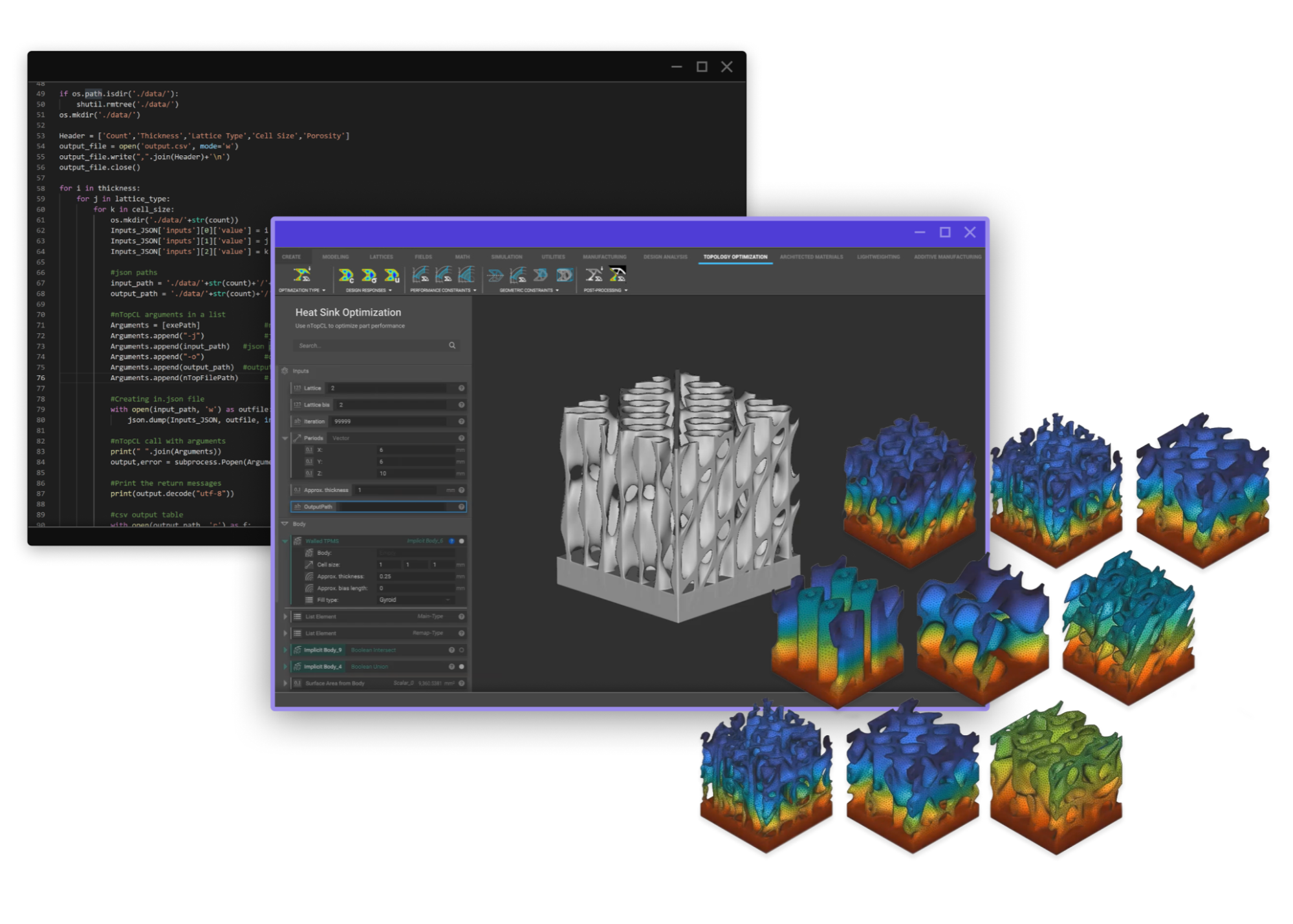
Sample Python script that calls an nTop workflow and generates multiple design variations of a lattice-based heat sink.
Design automation is at the core of nTop — from reusable workflows to batch processing through a programmatic environment with nTop Automate. In nTopology 3.0, we continue to release new features that expand the capabilities of nTop Automate and strengthen our integrations with Multidisciplinary Design Optimization (MDO) software.
nTop Automate is nTop's command-line interface. It enables you to call generative nTop workflows in Python or Matlab scripts. nTop Automate can run on your desktop, a private server, or the cloud and has enabled our customers to unlock new mass-customization business models.
You can also integrate nTop to your MDO workflows — in third-party software like modeFRONTIER. This has allowed our customers to run massive computational Design of Experiments and further accelerate their product development processes.
Engineering simulation and design analysis
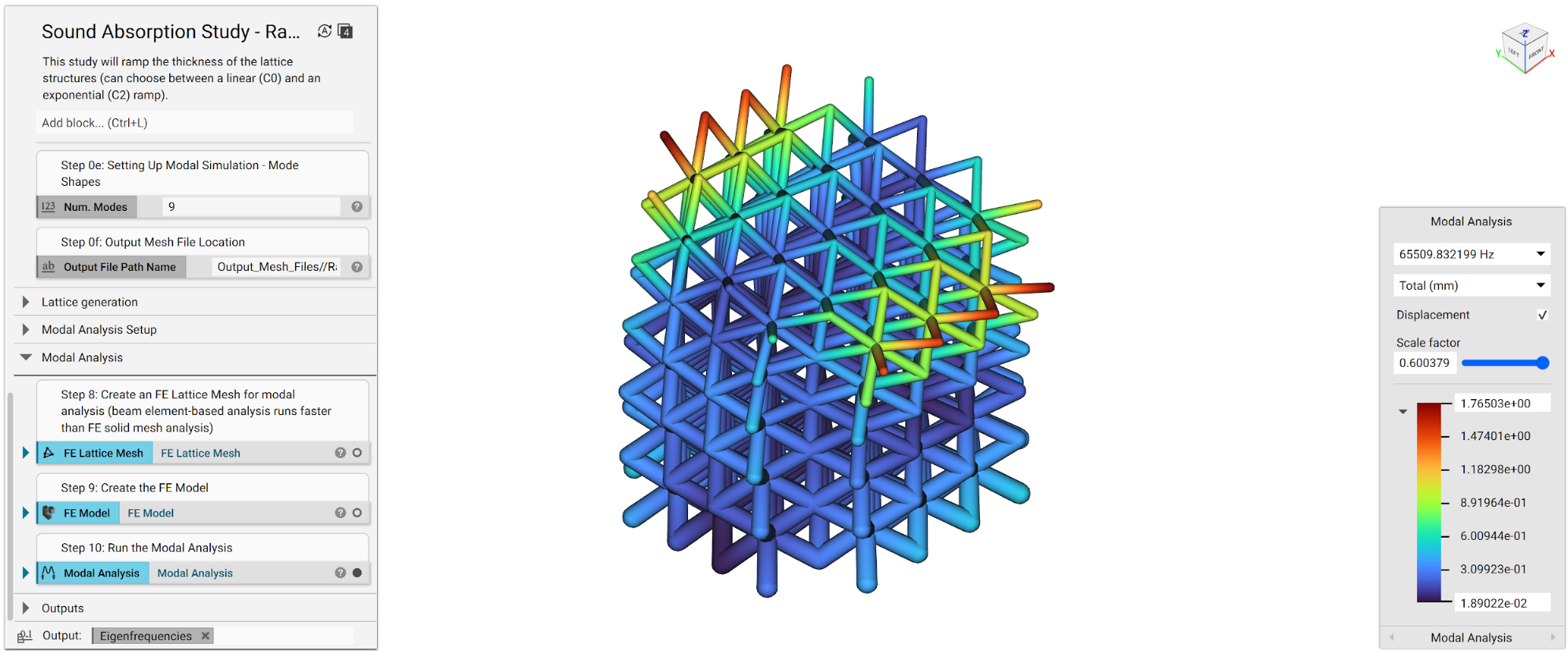
Modal analysis of a lattice structure sample in nTop as part of a larger DoE.
Simulation plays a key role in every engineering design process. There are three ways to implement simulation while working in nTop. You can use engineering simulation results as an input to drive part geometry. You can perform design analysis using the built-in simulation tools. Or you can export meshes for verification in external solvers.
In nTopology 3.0, we are expanding the range of built-in simulation tools. You can now run static, modal, and buckling structural analyses, steady-state, transient, and non-linear thermal simulations, and lattice unit cell homogenization.
nTop’s simulation pre-processing capabilities are also expanding. We are introducing new and more sophisticated meshing utilities, as well as import and export capabilities for FEA and CFD data in the native format of your solver of choice — like ANSYS, Abaqus, or Nastran — to streamline the design verification process of your team.

nTop
nTop (formerly nTopology) was founded in 2015 with the belief that engineers’ ability to innovate shouldn’t be limited by their design software. Built on proprietary technologies that upend the constraints of traditional CAD software while integrating seamlessly into existing processes, nTop allows designers in every industry to create complex geometries, optimize instantaneously, and automate workflows to develop breakthrough 3D-printed parts in record time.
Related content
- VIDEO
Sneak peek into the nTop + Autodesk Fusion 360 integration
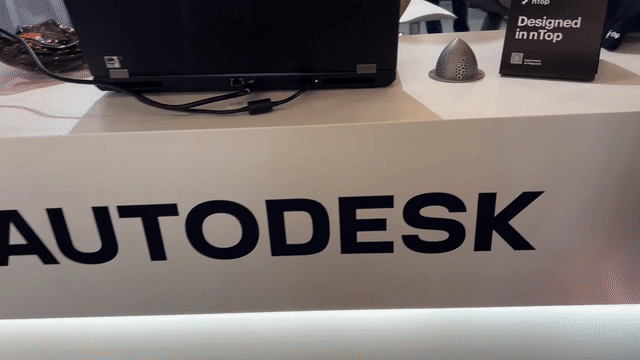
- ARTICLE
Optimizing thermal management with conformal cooling to extend operational life
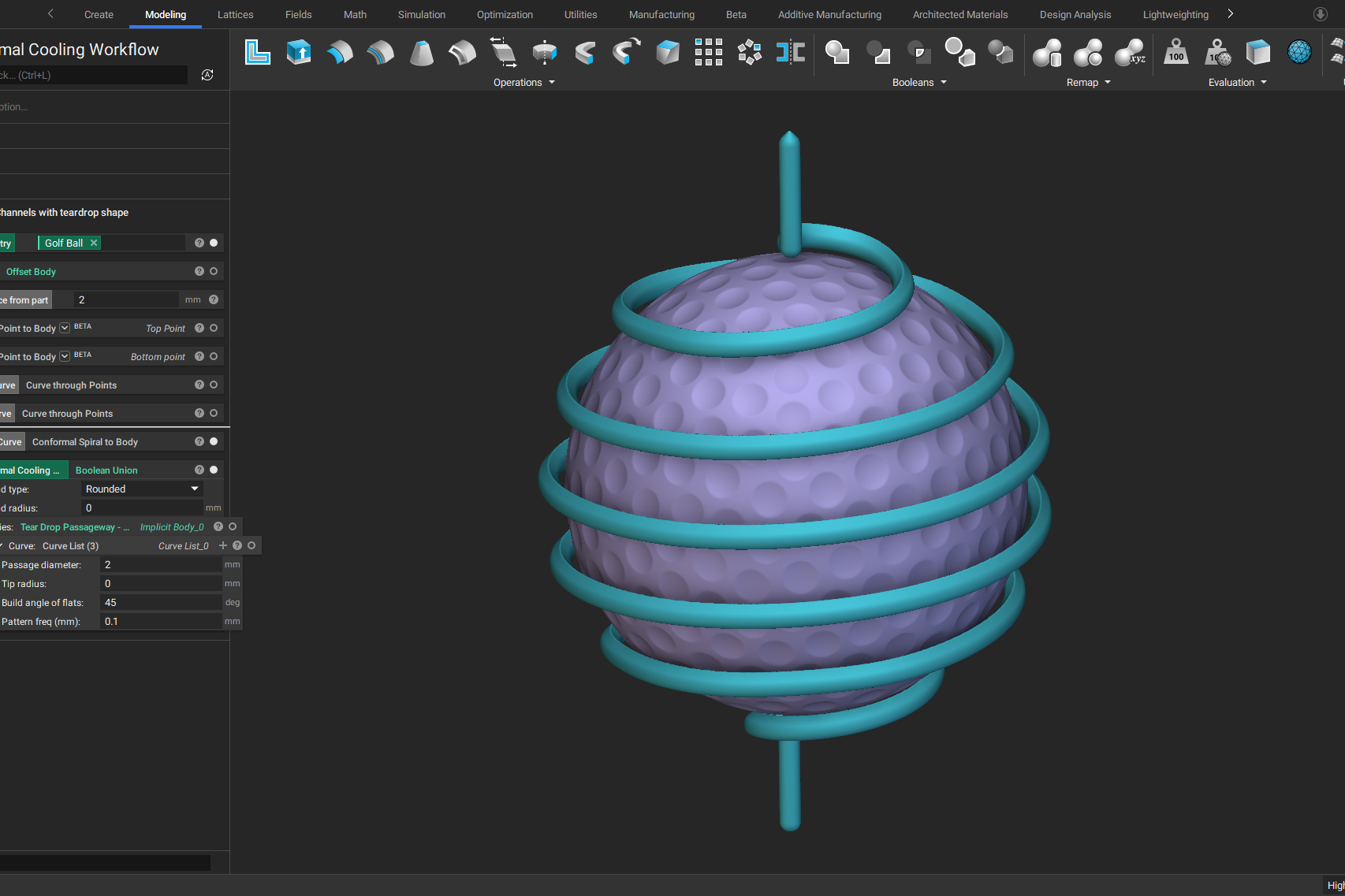
- ARTICLE
Advancing structural performance of aerospace heat exchangers
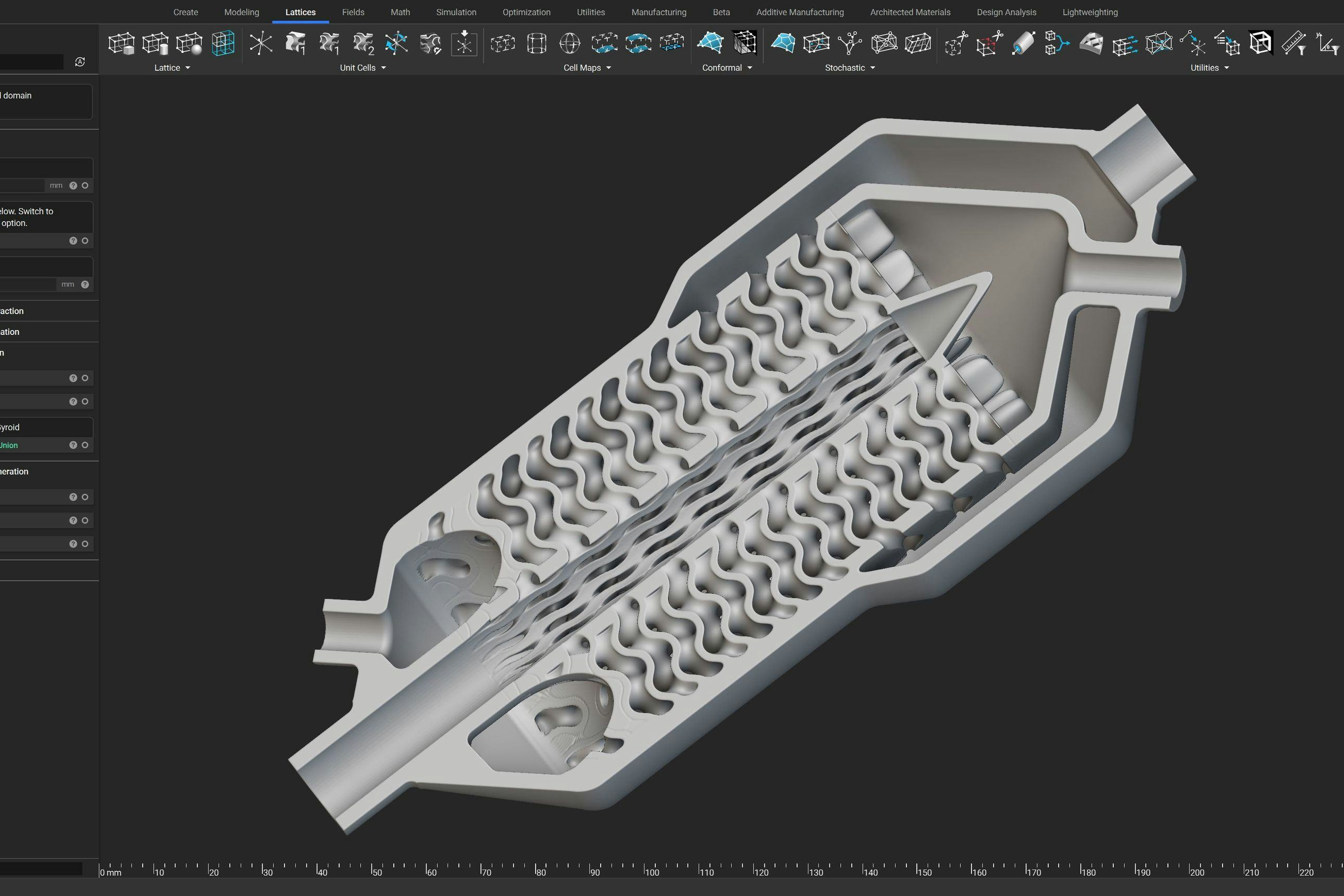
- VIDEO
Design a spooky Halloween candy bowl in nTop
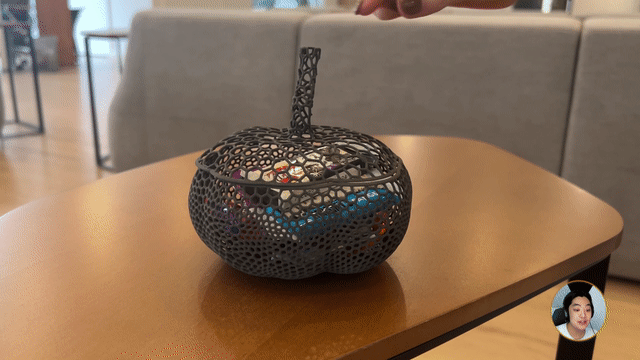
- VIDEO
5 reasons why you should use nTop to create heat exchangers
